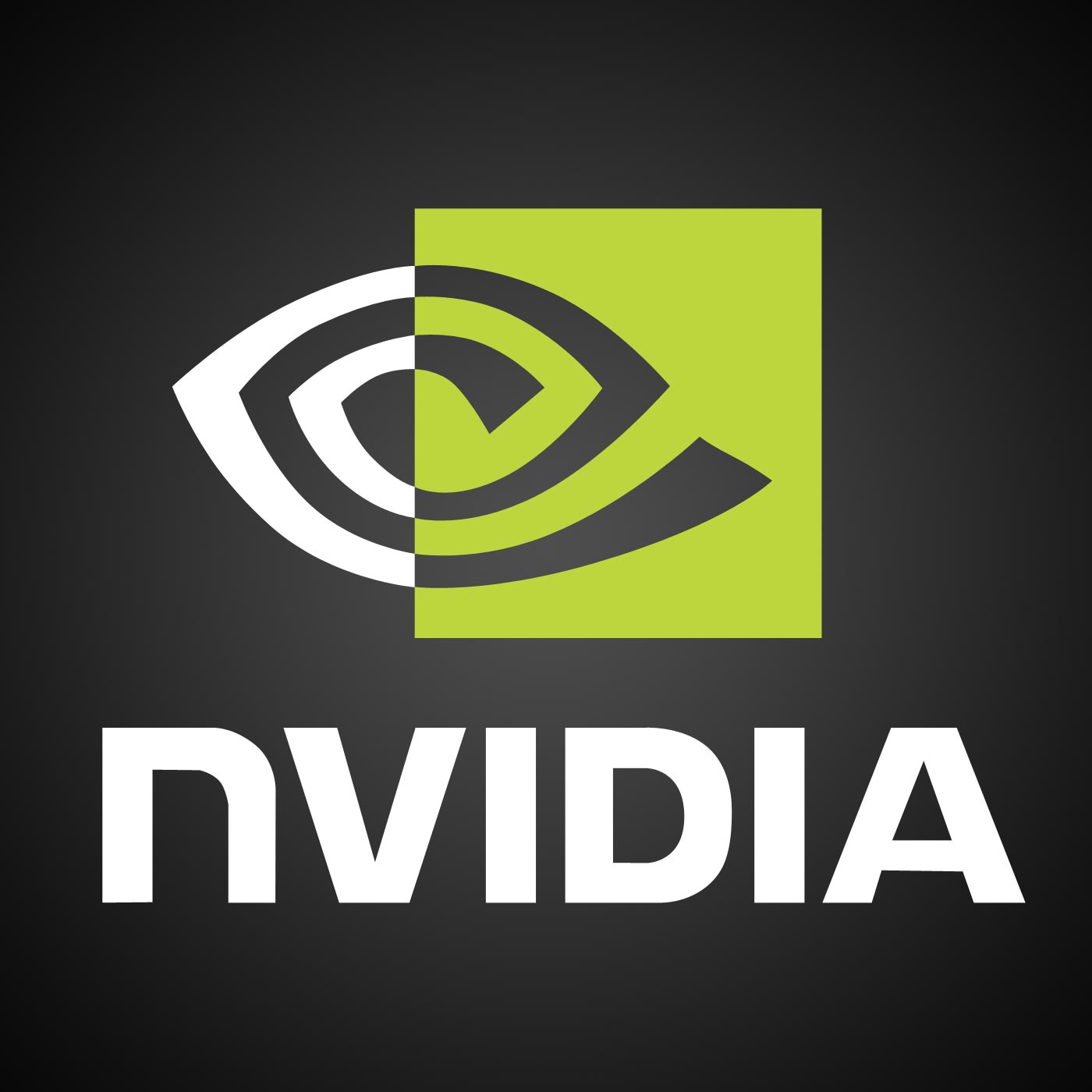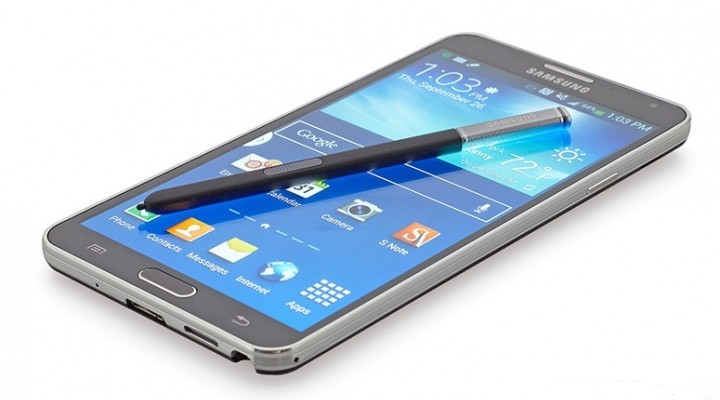Nvidia Sues Qualcomm And Samsung For Infringing On Its GPU Patents
The patent wars are far from over, but this time a patent lawsuit isn’t coming from the usual suspects in the mobile market, but from Nvidia, which is suing both Qualcomm and Samsung over alleged infringement on seven of its graphics patents.
A year ago, Nvidia announced its Kepler licensing program, which many thought was the company’s plan to put its GPU technology in other chips in order to make Nvidia even more ubiquitous in the market. However, it now appears that it may have been Nvidia’s plan to get other GPU IP designers like Qualcomm, ARM and Imagination to pay royalties for its Kepler patents.
Nvidia asserts that Qualcomm is infringing on its GPU IP, and therefore both Qualcomm and Samsung, (which uses Qualcomm’s chips) must pay it a royalty. Nvidia even went to Samsung to cut a deal, but apparently Samsung didn’t want to hear anything about it, so it rejected any agreement between the two, saying this is mostly the suppliers’ problem.
“Without licensing Nvidia’s patented GPU technology, Samsung and Qualcomm have chosen to deploy our IP without proper compensation to us. This is inconsistent with our strategy to earn an appropriate return on our investment. We are now seeking the courts’ judgment to confirm the validity, infringement and value of our patents so that we can reach agreement with Samsung and its graphics suppliers,” reads the Nvidia post.
Nvidia has already asked the ITC to block some of Samsung’s shipments to the U.S., that include devices such as the recently-announced Galaxy Note 4 and Galaxy Note Edge, as well as the Galaxy Note 3, Galaxy S5, Galaxy S4 and tablets such as the Galaxy Tab S, Galaxy Tab 2 and Galaxy Note Pro. Nvidia has also asked the Delaware Court to award it damages.
Nvidia claims these are the kind of patented technologies Samsung and Qualcomm infringed on:
"Those patents include our foundational invention, the GPU, which puts onto a single chip all the functions necessary to process graphics and light up screens; our invention of programmable shading, which allows non-experts to program sophisticated graphics; our invention of unified shaders, which allow every processing unit in the GPU to be used for different purposes; and our invention of multithreaded parallel processing in GPUs, which enables processing to occur concurrently on separate threads while accessing the same memory and other resources."
Get Tom's Hardware's best news and in-depth reviews, straight to your inbox.
Whether those claims are true or not, it is important to remember that a few years ago Nvidia also scored a big $1.5 billion win against Intel in another major licensing agreement, after years of Intel disputing the patent claims.
This time, Nvidia has also carefully chosen only seven patents out of over 7,000 that it has either issued or has pending, so the company must believe it has a strong case against Qualcomm and Samsung. Ultimately, it’s up to the Courts to decide the validity of those patents and if Nvidia is in the right or not.
Follow us @tomshardware, on Facebook and on Google+.
Lucian Armasu is a Contributing Writer for Tom's Hardware US. He covers software news and the issues surrounding privacy and security.
-
irish_adam Surely Nvidea aren't saying that they invented the GPU and hold the patents for it. If that was the case then surley every chip maker would have to pay it royalties including Intel and AMDReply -
IInuyasha74 This is crazy. Nvidia is just trying to get money for nothing. All those features mentioned have been around for close to a decade now in both ATI/AMD, Nvidia, and even Intel graphics.Reply
Qualcomm directly purchased its graphics technology from AMD many years ago and have ran with it advancing the design greatly. Nvidia is crazy. -
chicofehr I would love to put the lawyers into a ring and get them to fight each other over the patents. Put the ring into a court room and get them throwing punches. I would pay to see that.Reply -
InvalidError Looks like Nvidia's frustration with failing to earn the market shares they hoped for with Tegra just entered the next stage: suing the competition for royalties.Reply
At a glance, most of those patents should never have been granted in the first place since they have tons of prior art in CPUs, older GPUs from before programmable shaders, obvious/natural technological progress, etc.
None of the summaries from Nvidia's patent struck me as genuinely original. -
silverblue And... how is this Samsung's issue? It's like one car company complaining about another for launching a very similar product... and suing the customers instead.Reply
Maybe NVIDIA have realised that they need other revenue streams, no matter how dubious. -
dovah-chan I could see them getting upset about Qualcomm using proprietary GPU components derived from Kepler but the features they listed are the definition of a GPU. Kind of silly if you ask me.Reply -
jeremy2020 I use nvidia GPUs. I tried switching to AMD, but went back to Nvidia. This is the type of stunt to get me to try AMD again.Reply -
Miharu Why they sue Samsung? For using Qualcomm’s chips? I do not understand it at all. If your provider chip use illegal IP, you cannot be sue for that! It's like sue every single people who use those chips that currently aren't prove to infringe anything. If this go on... I lost faith in humanity.Reply
Also if you check that from a mobile Platform point of view, they target the big part of the market that they try to get. It's really bad. -
soccerplayer88 ReplyI use nvidia GPUs. I tried switching to AMD, but went back to Nvidia. This is the type of stunt to get me to try AMD again.
So you'll go back to the other company even though you didn't like them all because the current vendor you're with has some shady business practices even though you like their products more.
Wait what? This is the first time NVIDIA (as a company) has ever filed a patent lawsuit. NVIDIA tried to negotiate with Samsung, Samsung told them to f*** off. So NVIDIA went to court.
The only thing that should raise eyebrows is that NVIDIA let this sit for two years before the injunction. That I believe only NVIDIA can answer.
AnandTech had an interesting read on the subject. They believe their going after Samsung because their the largest supplier in the US and Qualcomm being the largest SoC. It makes sense to start at the top.

